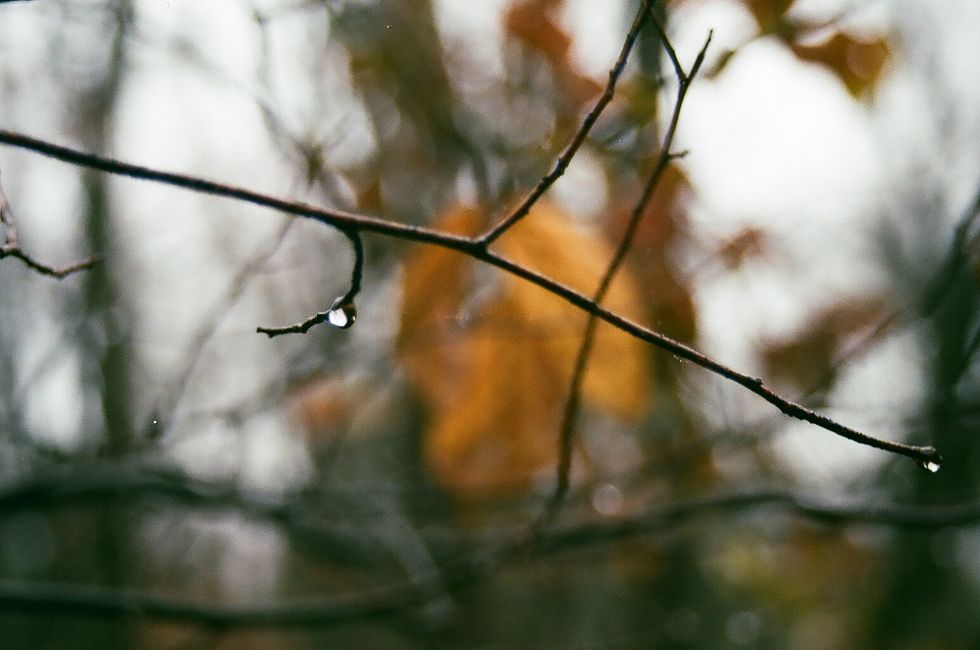There isn’t a time I can recall from my childhood where I didn’t have the urge to create. Yet, there isn’t a time where that urge was directed into one singular form of creation. My hands were always in many different pots, spreading the ideas thin, trying to blend them in a way that allowed for a taste of each outlet. I’d record my dreams then draw, or paint, the scenery of the dream from memory. When I was a bit older, about ten or eleven, my family bought me an older model of video camera, and I started to record short movies using action figures, models, and anything else at my disposal to set the scene.
There was a joy in creating for myself, and myself only. When I think back to those moments of my youth, laughter echos in the solidarity of my creation.
When I reached high school, I stopped.
I wanted to fit in, and to be liked. I quit sports (which I know now was, more or less, due to social anxiety) because I thought that’s what the “cool kids” did in high school. I stopped creating because I didn’t want to be deemed a nerd. I walled myself off from the outside world and adapted a persona to present myself as in high school to those who didn’t know me. Those close to me knew who I was, but those unfamiliar knew who I wasn’t.
Perhaps it was this creation of a wall that is the root of some current internal issues I find myself facing.
Perhaps not.
Throughout high school, there were a few occasions when my teachers approached me and urged me to cultivate my potential—my art teacher recommended I enter into the school’s art magnet; my english professor asked to submit a few pieces of my work to high school contests.
I shrugged off both opportunity, choosing the easier of the paths, which was to show up to school, do as little as I could, then head home to solidarity.
Following high school graduation, after many of my friends moved away to attend university, I started writing down my thoughts. I kept a notebook at home, and used my phone when I was at work.
While employed by Barnes & Nobles, something I’ve discussed in a previous post, I began reading. From there I began—unconsciously—the search for my own identity.
The reason I bring this up will, hopefully, be clear by the end.
In my late teens, early twenties, I wrote nonstop. I started with short stories, many which often mimicked the writers I was reading: Kurt Vonnegut, Ernest Hemingway, Milan Kundera, and others.
Then I discovered Charles Bukowski’s poetry—and this was a turning point for me.
I won’t go too far into how greatly he influenced my work and my lifestyle, or how I became obsessive over one mans life. Many young men, and women, who’ve encountered Bukowski tend to reverie him, or disdain him, from what I’ve learned over the years of discussing him with others. But, it was through the connection I felt about the emotions he wrote about that brought me closer with identifying myself as an individual, and an artist.
I started drawing then writing for the drawing, and vice-versa. There was a peace that I gained through knowing that art doesn’t necessarily have to be in the highest form. Art, in it’s most stripped down form, is an expression of sensation or emotion. It doesn’t have to be highly elevated, whimsical, or historical. It doesn’t have to clean, warm, or inviting. It can be visceral, gritty, and foul. Art is who the artist is at the core.
Now, this may not be to much surprise, but as an individual who read in the literary cannon growing up (and that’s only about a handful of books over the span of many years) to reading whatever what claimed to be a classic, or must-read, reading something as low-brow as Bukowski, and connecting with it, was an awakening. It helped direct me towards the literature I enjoy, and writing in a way that felt honest and true.
On February 18, 1994, Bukowski faxed to his publisher, John Martin, a poem from the hospital he was staying. Just 18 days after his fax, Charles Bukowski, at the age of 73, passed away on March 9, 1994 from leukemia.















